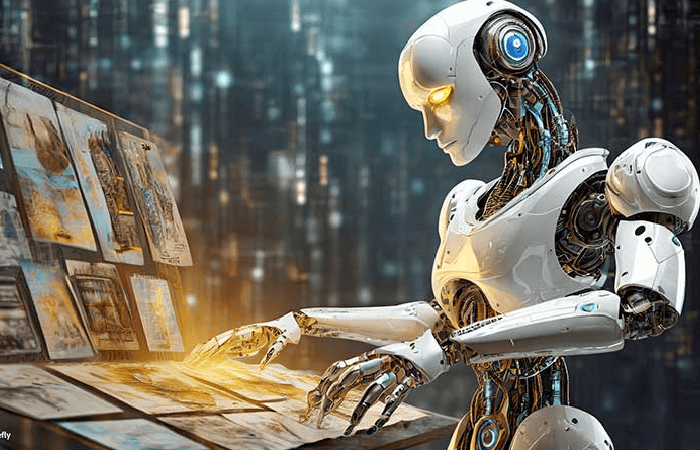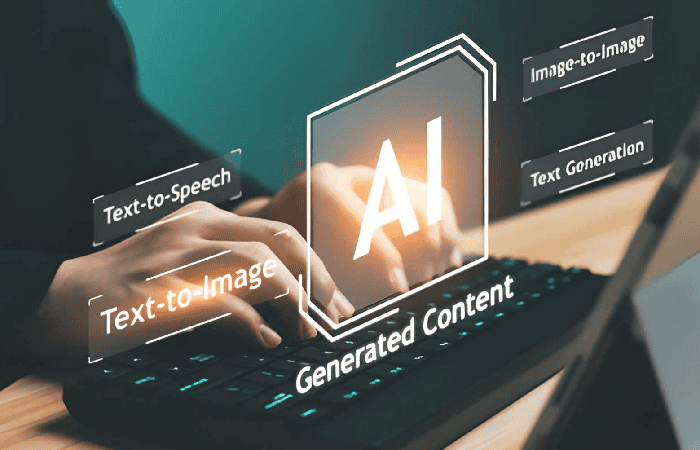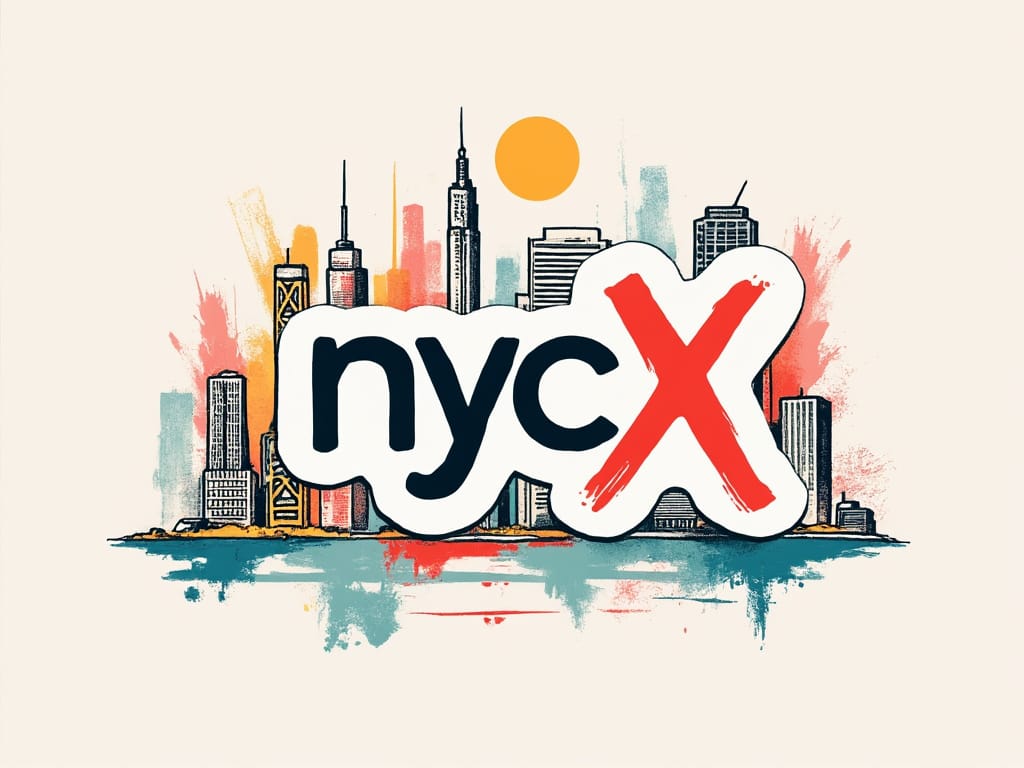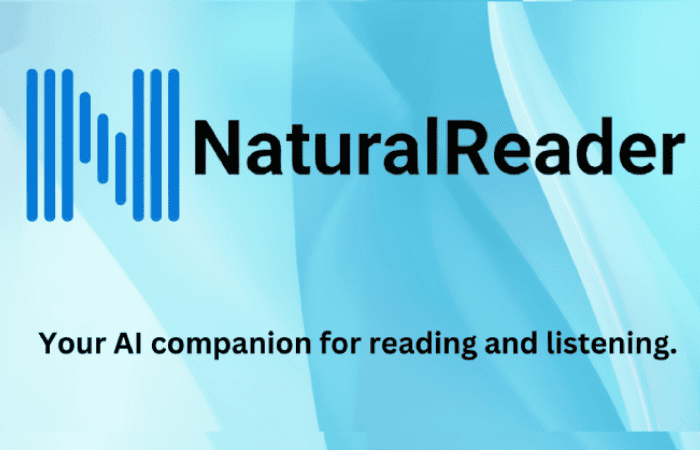Types of AI Generators
AI programs used to produce various types of material, including text, code, images, and music, are referred to as generative AI or AI generators. understand the types of generative AI in this post

Computer programs that use artificial intelligence (AI) to produce various types of material, including text, code, images, and music, are referred to as generative AI or AI generators.
These technologies are meant to help people with difficult issue solving, labor automation, and content production.
Types of AI Generators?
With uses in a variety of industries, AI generators are growing more complex and adaptable. These are a few of the most prevalent kinds:
AI Generators Based on Text:
Text-to-Text Generators: These models create new text, such articles, poems, scripts, or code, from text input. GPT-3, Jurassic-1 Jumbo, and LaMDA are a few examples.
Chatbots: These artificial intelligence (AI)-driven chatbots may converse in natural language while delivering information, responding to queries, or extending support. Google Bard and ChatGPT are two examples.
AI Generators Based on Images:
Text-to-Image Generators: These models use textual descriptions to create images. DALL-E 2, Midjourney, and Stable Diffusion are a few examples.
Image-to-Image Generators: Using an existing image as input, these models produce an improved or altered version. StyleGAN and Deep Image Prior are two examples.
AI Generators Based on Audio:
Text-to-Speech Generators: These models produce speech that sounds natural from text. Amazon Polly and Google Text-to-Speech are two examples.
Music Generators: These models create musical compositions, frequently according to particular styles or genres. Jukebox and MuseNet are two examples.

AI Generators Based on Videos:
Tools for Video Editing: These AI-driven programs can automate processes like noise reduction, color correction, and video stabilization. DaVinci Resolve and Adobe Premiere Pro are two examples.
Tools for Video Generation: These models are able to create videos from pictures or written descriptions. Synthesia and RunwayML are two examples.
Other Types Of AI Generator:
Code Generators: These models use natural language descriptions to produce complete programs or bits of code. Examples are Tabnine and GitHub Copilot.
Designer layouts: logos, posters, or website designs, are produced by these models. One example is Adobe Express and Canva.
Related Content
- https://piktochart.com/ai-poster/
- https://builtin.com/artificial-intelligence/artificial-intelligence-future
- https://www.grammarly.com/ai-writing-tools
- https://accessibleai.dev/post/generating_text_with_gpt_and_python/#:~:text=Generating Text from a Prompt&GPT-3 is a type,language processing to generate text.
Conclusion
The field of AI creation is always changing, thus it's vital to remember that these are only a few examples. With uses in a variety of industries, AI generators are growing more complex and adaptable.
They can be applied to tackle difficult issues, automate processes, and foster innovation. But it's crucial to use these instruments sensibly and morally. In the future, we should anticipate seeing even more inventive and potent AI producers as the technology develops.



